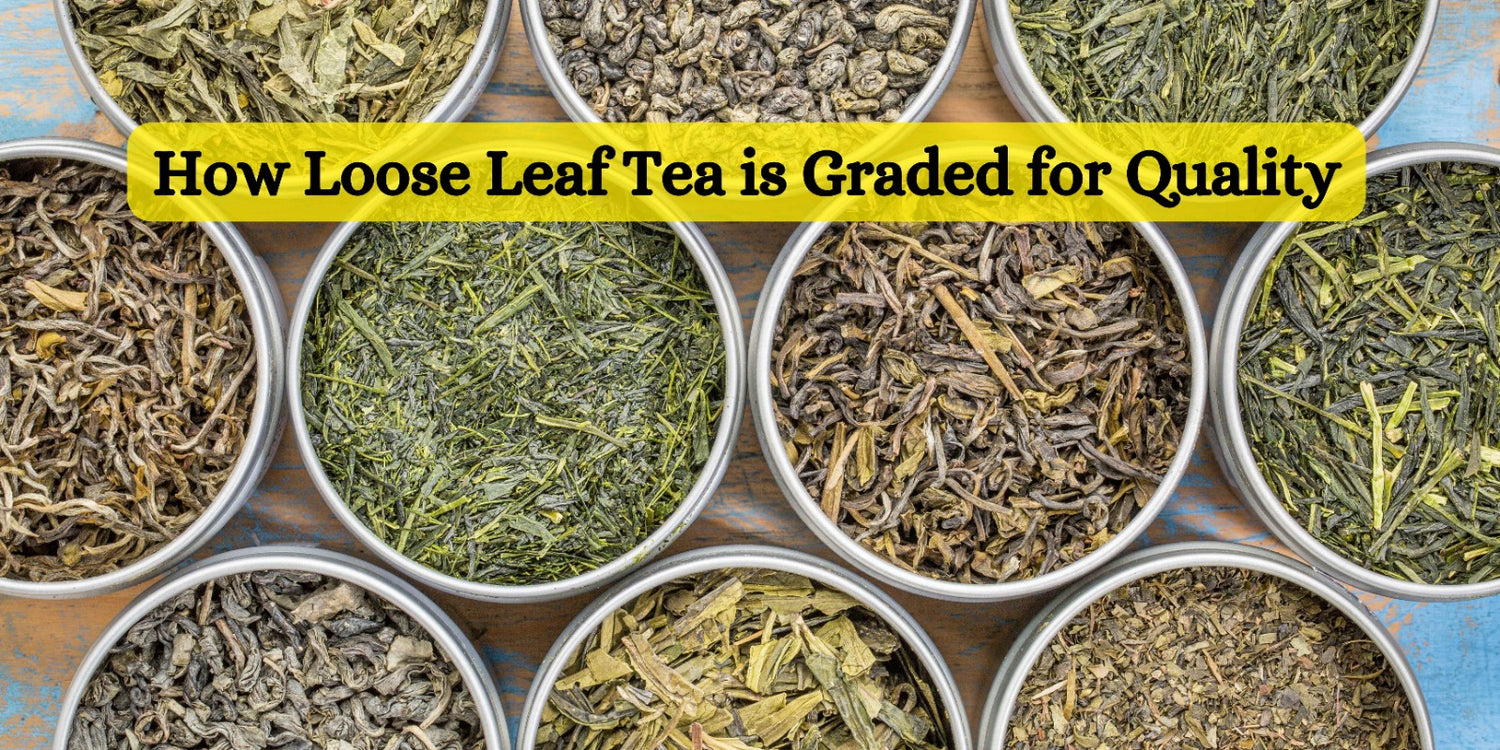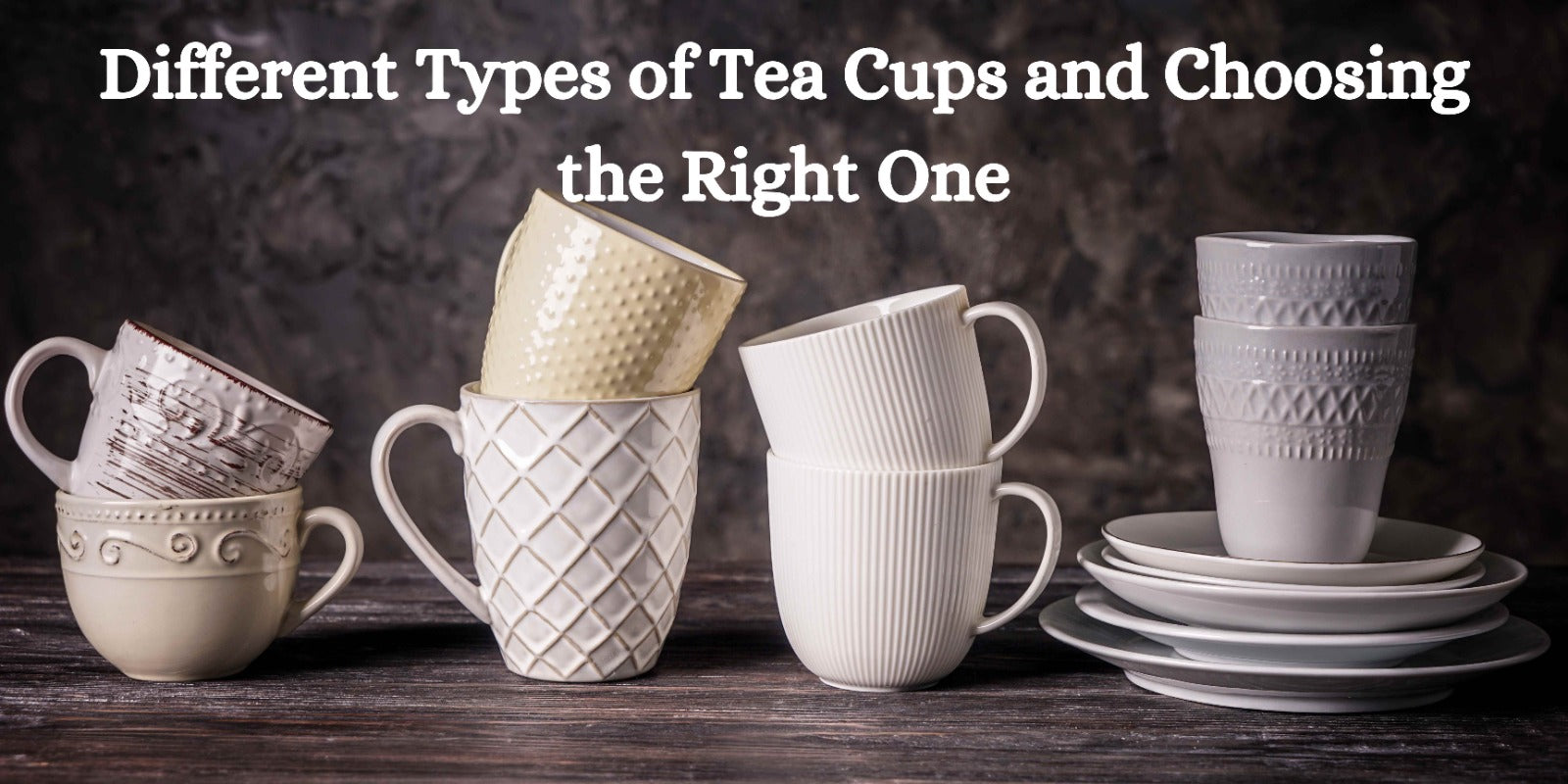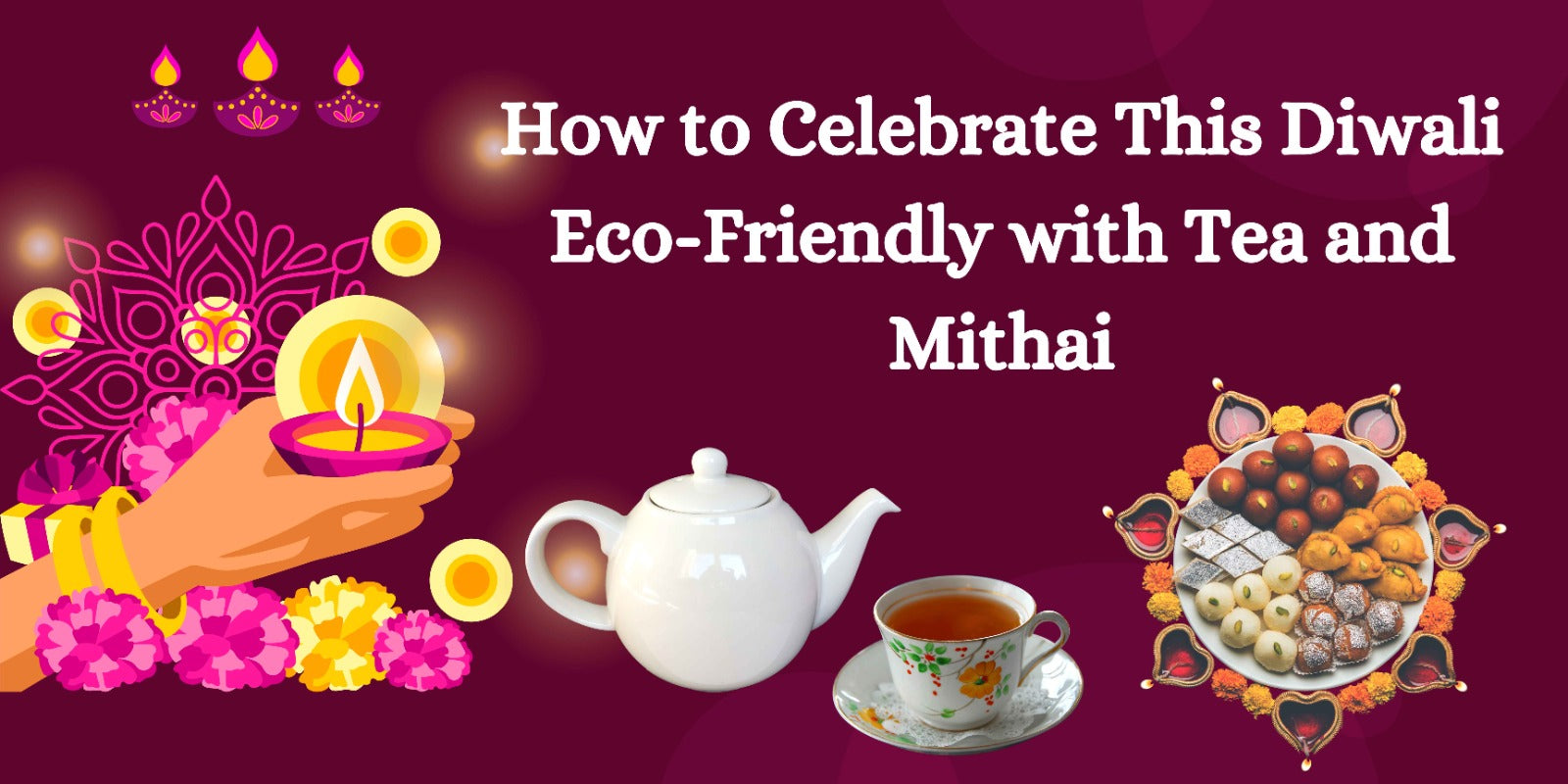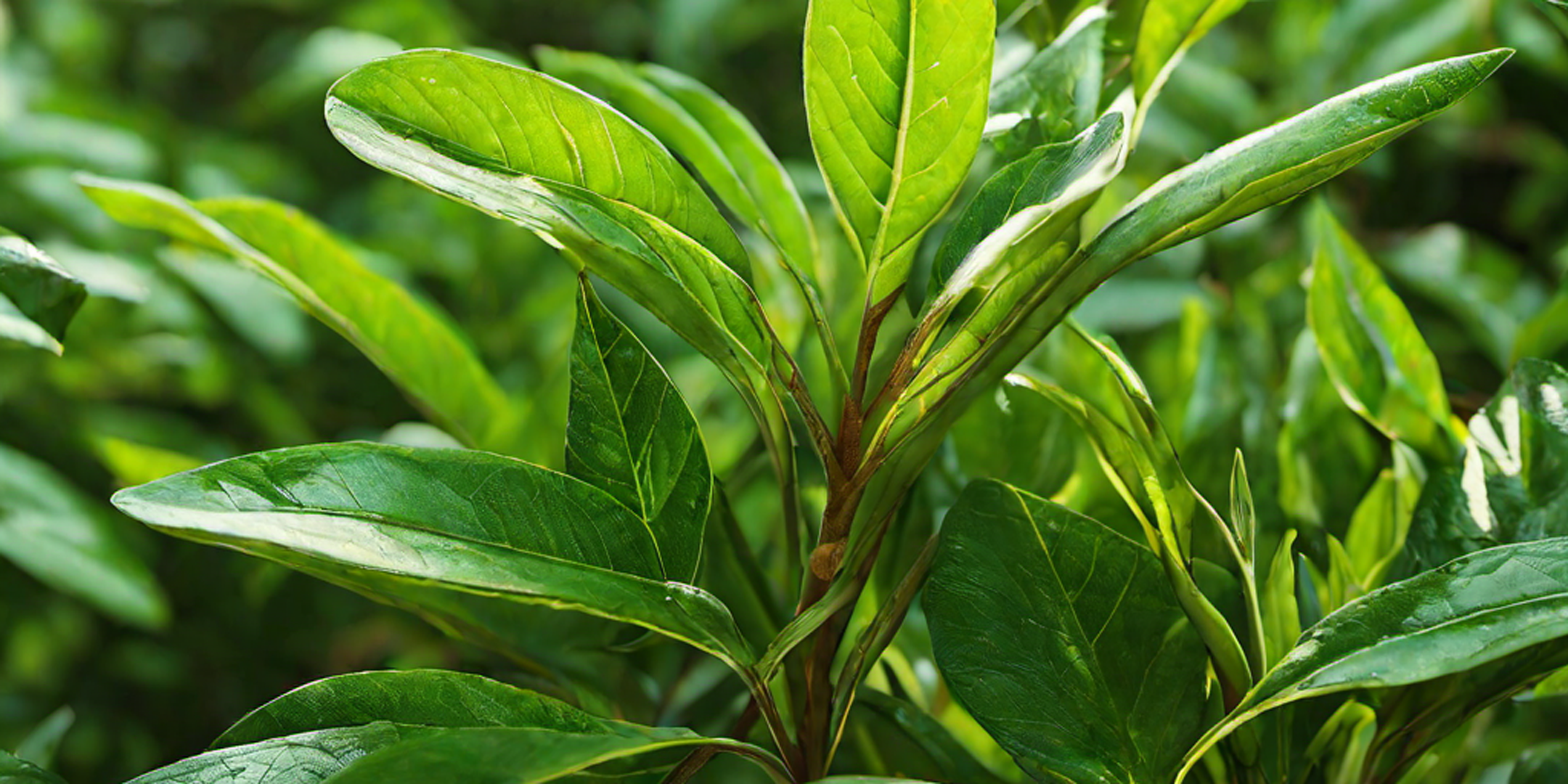Loose leaf tea is appreciated for its rich flavors, aromas, and health benefits, but not all loose leaf teas are of the same quality. To help buyers and tea enthusiasts understand what they’re getting, loose leaf tea is graded based on its appearance, leaf size, and overall quality. In this guide, we’ll take a look at the process of tea grading, so you can make informed choices when selecting your next brew.
Understanding Tea Grades
Tea grading is a system that classifies tea leaves based on their appearance and quality. While grading may vary by region and tea type, it generally follows a few key principles. For black teas, especially, the terms and methods are quite established, with a strong focus on leaf size and condition. Green, white, and oolong teas are often graded differently, but they still undergo similar assessments for appearance, taste, and aroma.
Grades of Black Tea
The grading system for black tea usually has four main categories:
- Whole Leaf: Whole leaf teas, considered the highest quality, retain their full shape and are not broken. These teas, often labeled as "OP" (Orange Pekoe), "FOP" (Flowery Orange Pekoe), or "GFOP" (Golden Flowery Orange Pekoe), produce a balanced, nuanced flavor.
- Broken Leaf: Broken leaf teas, designated as "BOP" (Broken Orange Pekoe), have slightly smaller leaves that result in a stronger, more intense flavor. While these teas are not as delicate as whole leaves, they still retain good quality.
- Fannings: Fannings are small tea leaf particles and are often used in tea bags because they infuse quickly. Although they provide a robust brew, they generally lack the depth of flavor found in whole or broken leaf teas.
- Dust: Dust is the finest particle of tea and is mostly used in commercial tea bags. It infuses very fast and provides a strong flavor, but it lacks the complexity and aroma of higher grades.
Grades of Green, White, and Oolong Teas
- Green Tea: Unlike black tea, green tea is not fully oxidized, which keeps its leaves green. Grading green tea involves assessing its shape, color, and aroma. Some high-quality grades include “Sencha” (thin, needle-like leaves) and “Gyokuro” (premium Japanese shade-grown tea). Chinese green teas, such as “Longjing” or “Dragon Well,” are also graded by their leaf shape and appearance.
- White Tea: White tea is minimally processed, and the best grades often consist of young buds with silver or white downy hairs, hence the term “Silver Needle” for top-tier white tea. Lower-grade white teas include some mature leaves, which alters the flavor and texture.
- Oolong Tea: Oolong is partially oxidized, so it’s graded by both oxidation level and leaf quality. Premium grades will often have whole, twisted leaves that unfurl when brewed, giving a floral, complex taste.
The Role of Appearance and Aroma
When grading, tea experts observe the leaf size, color, and shape, which are indicators of quality. For example, whole leaves are generally preferred over broken leaves, as they provide a smoother and more balanced flavor. Aroma is also a key factor in grading. Freshness and fragrance are particularly prized, and top-grade teas often carry a strong, pleasant aroma even in their dry form.
Quality Beyond Grades
While grades provide a helpful guide, they’re not the only marker of quality. Where and how the tea was grown, its freshness, and your personal taste preferences all play a role in determining the best tea for you. Some may prefer the robust taste of broken leaves, while others enjoy the subtlety of whole leaf tea.
Conclusion
Understanding how loose leaf tea is graded can enhance your tea-buying experience. From the structured grading of black tea to the unique qualities of green, white, and oolong, knowing these basics can help you select high-quality teas that suit your taste and style. So, the next time you’re shopping for loose leaf tea, check the grade, but also remember to trust your senses to find the tea that’s perfect for you.




